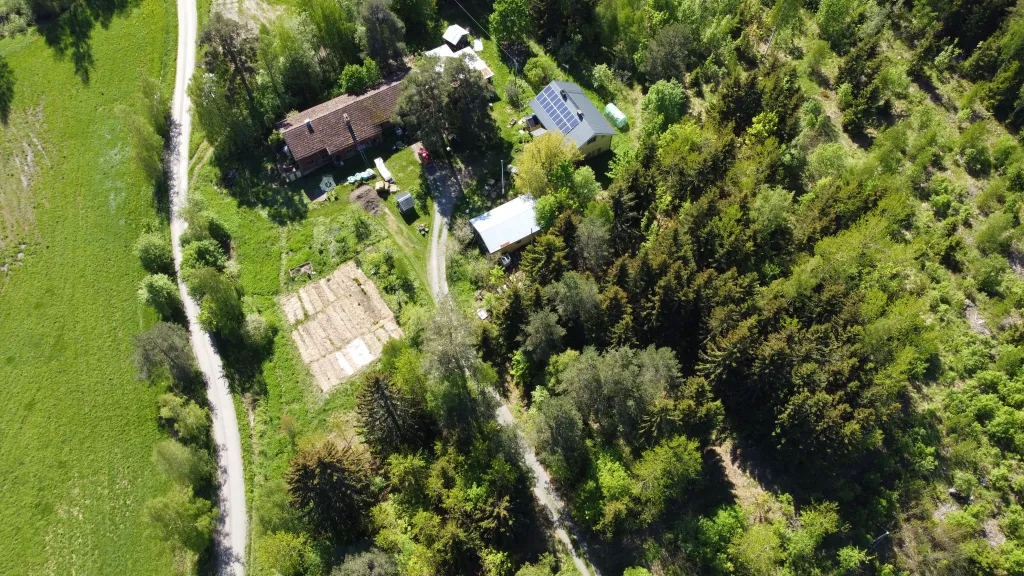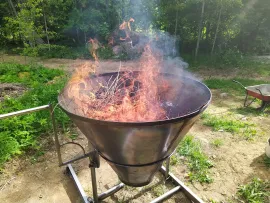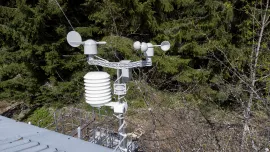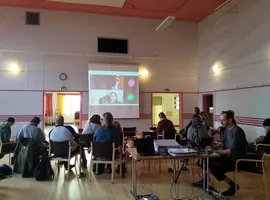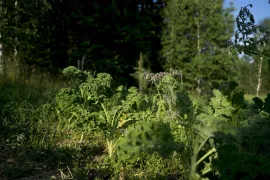Definition of permaculture
Permaculture is a design philosophy /methodology and set of practices that aim to create sustainable and self-sufficient human settlements and agricultural systems (and of course everything that is related to it). It is based on the principles of working with, rather than against, nature; maximizing efficiency and minimizing waste; and taking a holistic and integrated approach to design.
Permaculture practices include using diverse plant and animal species in mutually beneficial relationships, incorporating elements such as composting, water management, and natural building materials into designs, and minimizing the use of non-renewable resources. Permaculture can be applied to a wide range of contexts, including urban and rural settings, and is often used in agriculture, forestry, and land management.
Techniques and strategies
Some common techniques and strategies used in permaculture include:
- Plant guilds: Groupings of plants that have mutually beneficial relationships, such as a fruit tree surrounded by nitrogen-fixing plants, pest-deterring plants, and plants that attract beneficial insects.
- Polycultures: Planting a diverse mix of crops together, rather than a monoculture of a single crop, which can improve soil health, increase pest and disease resistance, and improve overall yield.
- Agroforestry: Integrating trees and shrubs into agricultural systems, often by planting trees and crops together in a way that maximizes their productivity and ecological benefits. Good example is the multistrata agroforestry - the food forest.
- Water harvesting and management: Capturing and storing rainwater and using it efficiently, through techniques such as swales, contour planting, and cisterns.
- Composting: Decomposing organic matter to create a nutrient-rich soil amendment that can be used to fertilize plants.
Permaculture has the potential to help create more sustainable and resilient communities and food systems, and is increasingly being adopted around the world as a way to address environmental and social challenges.
If you want to learn more about permaculture and permaculture education read on at https://nordicpermaculture.org
Articles tagged with Permaculture
From plans to build - a Kontiki kiln for charcoal making
In order to close the loop of my biogas systems outputs I thought of a mixture of shit, piss, effluent and charcoal some years ago. The only missing component was until recently the charcoal. Charcoal making is an art on its own, especially if… more
Building the poop palace - an integrated composting area
Flushing our shit with clean drinkable water down the toilet to an entity that then separates shit from water in order to make our water drinkable again isn’t really sustainable or? There must be better ways around, especially something that is… more
Building a DIY weather station
Weather stations allow to get different data, like temperature, wind speed, wind direction, humidity, etc. At Beyond Buckthorns we now have one Dominik has built.
A small reflection on my diploma in permaculture design
On the 13th of November 2021 I had my final presentation for my Diploma in Applied Permaculture Design.
Permaculture design certificate course at Beyond Buckthorns in 2022
After I finished my diploma in applied permaculture design in 2021 I’m now allowed to teach PDCs. Since I’m not sure what kind of PDC is needed, I’m going to offer two different types. For both courses the minimum number of participants is 6 to… more
Designing a food forest for Zone 1
This design is for a small multi layer garden (forest garden). It shows how easy it is to transform ~ 100 m² with permaculture design into a productive area.

